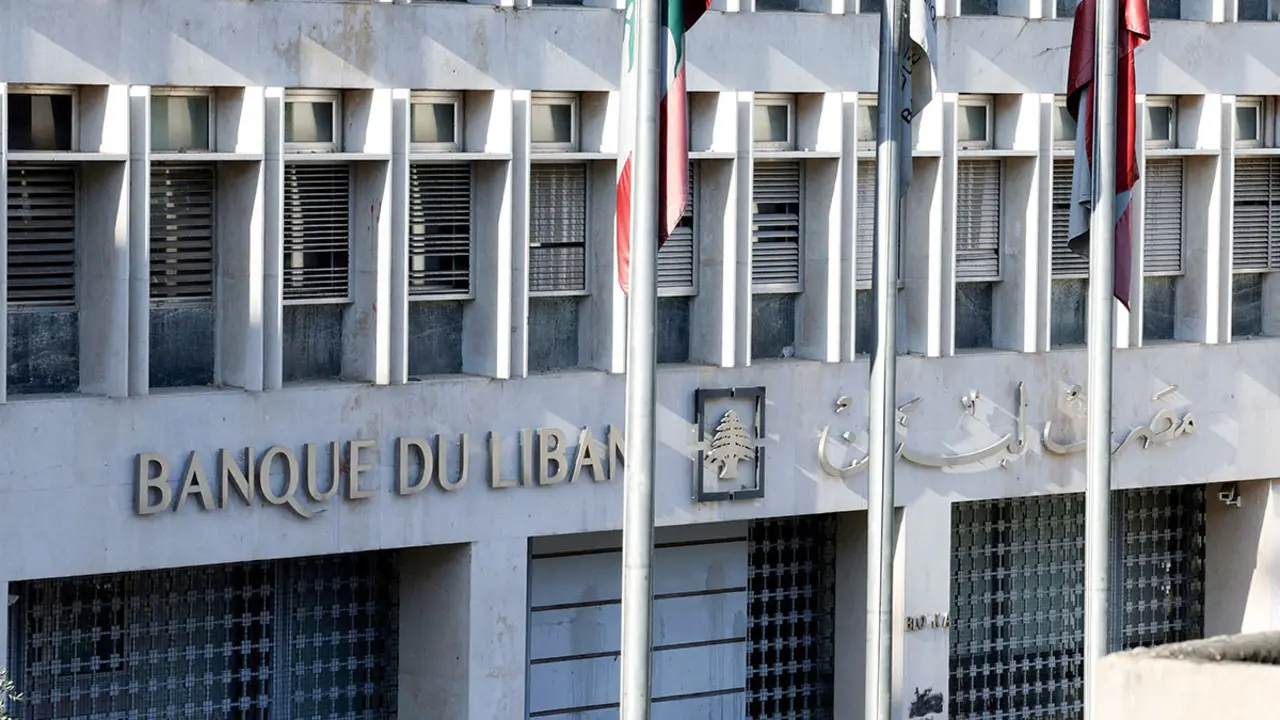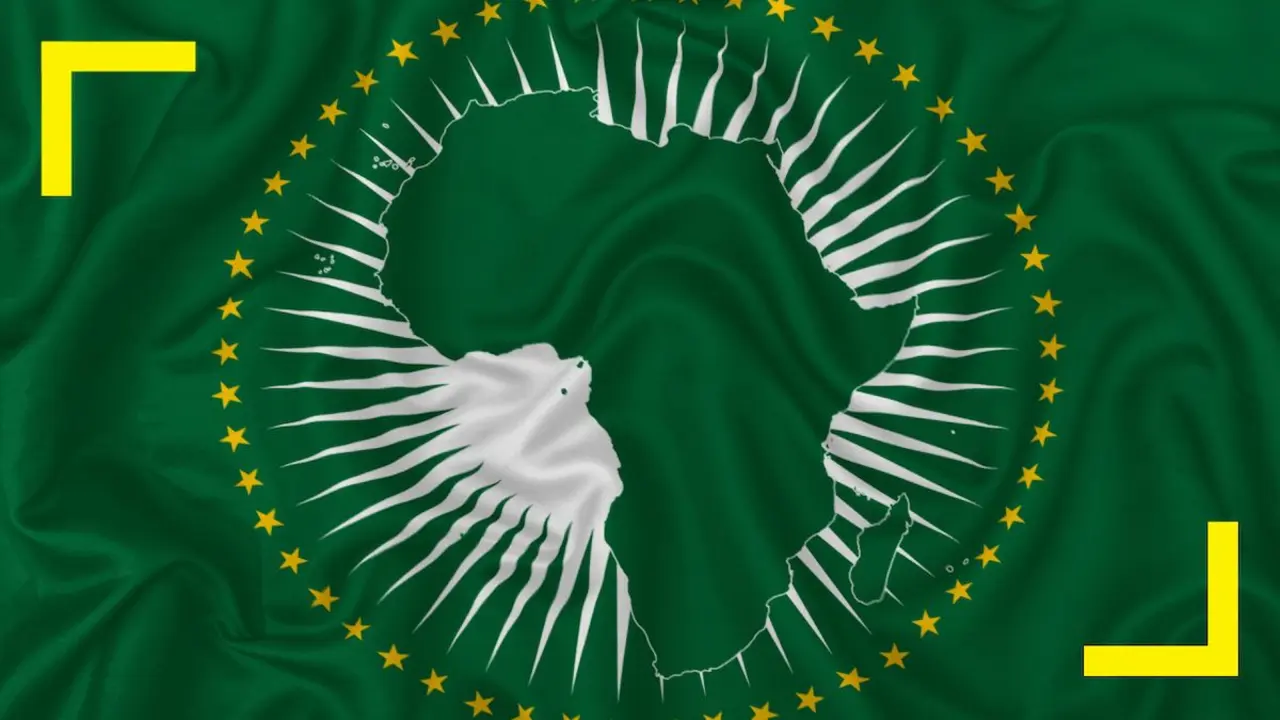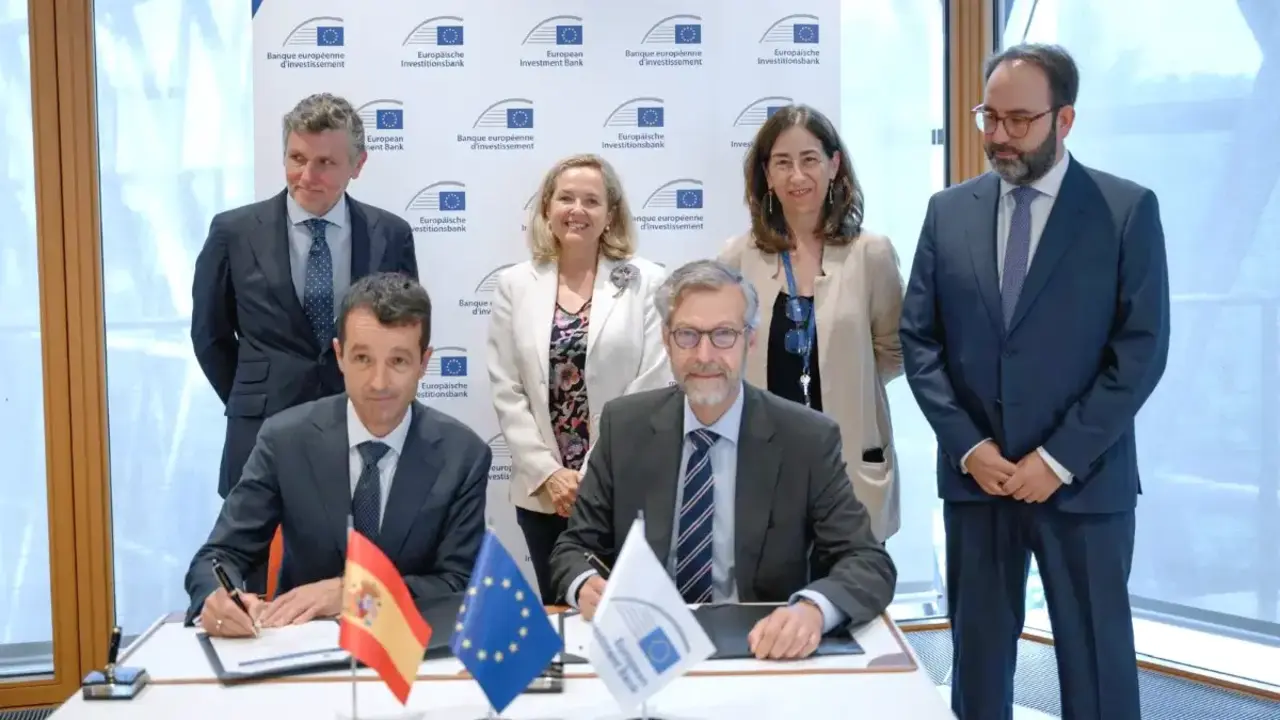More than 60% of the population considers cash as the most polluting payment method

59% of the banked population would be willing to pay only by digital means and 62% associate cash with a higher ecological impact, followed by payments with physical cards (59%) and, to a lesser extent, payments from an account, considered unsustainable by 38% of users.
This is confirmed by the Thematic Report “Digital payments and their social and environmental perspective” of Minsait Payments where a significant movement towards digital payments is observed, in line with an interest in reducing the use of physical money, which is often associated with higher environmental costs.
According to the Payments study, as the age of the user increases, the percentage of those who believe that cash is one of the means of payment with the greatest environmental impact decreases. Hence, in Europe, with an aging population, reserves are still maintained to abandon physical money, with Portugal being the country that continues to see the most advantages in this model.
Change in public perception and adoption of technologies
The elimination of paper-based systems, such as printed receipts and invoices, has marked a turning point towards a greener operation. Digital transactions not only simplify financial management, but also eliminate the need for paper, significantly contributing to the reduction of deforestation and the consumption of natural resources.
Among the relevant data extracted from the Report “Digital payments and their social and environmental perspective", the hegemony of the debit card stands out, which remains the preferred means of payment in all the countries analyzed, with holding records exceeding 90% except in Colombia, Spain and Italy, which are around 85%.
The stability of the debit card contrasts with the significant growth of prepaid, especially in countries where its holding has doubled in the last two years. This is the case of Ecuador, where 37% of citizens admit to having a prepaid card, and the Dominican Republic, with 50%. Anyway, Argentina, Chile and Italy lead the ranking with percentages of 56, 59 and 63% respectively. In general, credit cards fall between both modalities (debit and prepaid), with a percentage of use ranging from 51% in Italy to 83% in Brazil. In Spain, the holding of credit cards is at 56%.
To the user's preference for this payment instrument is added the registered increase in the use of cards made with biodegradable or recycled materials. This trend not only promotes the recycling and reuse of materials, but also presents a viable alternative to traditional plastic cards, which can take hundreds of years to decompose.
Along with this, there is an unstoppable advance of the virtual card beyond the prepaid mode to extend to credit cards and, above all, debit cards. Spain leads this dimension in Europe, except for the prepaid ones in which Italy is the leader in this region. 37% and 21% of Spaniards already have a debit and credit card, respectively.
Insufficient environmental measures
The Minsait Payments report also discusses a notable change in public perception regarding the environmental impact of different payment methods. There has been a decrease in perceived risk, which could affect consumers' willingness to adopt more sustainable practices, although digital payments are still preferred for their lower environmental impact.
Some measures that users would take for this purpose would be: eliminating paper invoices or receipts and using payment cards made with sustainable materials (71%); making payments only with digital means (59%); the demand for information about CO2 emissions and the environmental impact of payments made (53%); and, finally, the elimination of cash in transactions (43%).
The context of digital payments and its social and environmental perspective is analyzed in depth in this new sectoral study that Minsait Payments presents today. Prepared in collaboration with International Financial Analysts (AFI), the report gathers the opinions of more than 4,800 Internet banking users from Spain, Italy, Portugal, the United Kingdom and Latin America (Argentina, Brazil, Chile, Colombia, Ecuador, Mexico, Peru and the Dominican Republic).
Download the sectoral report:










